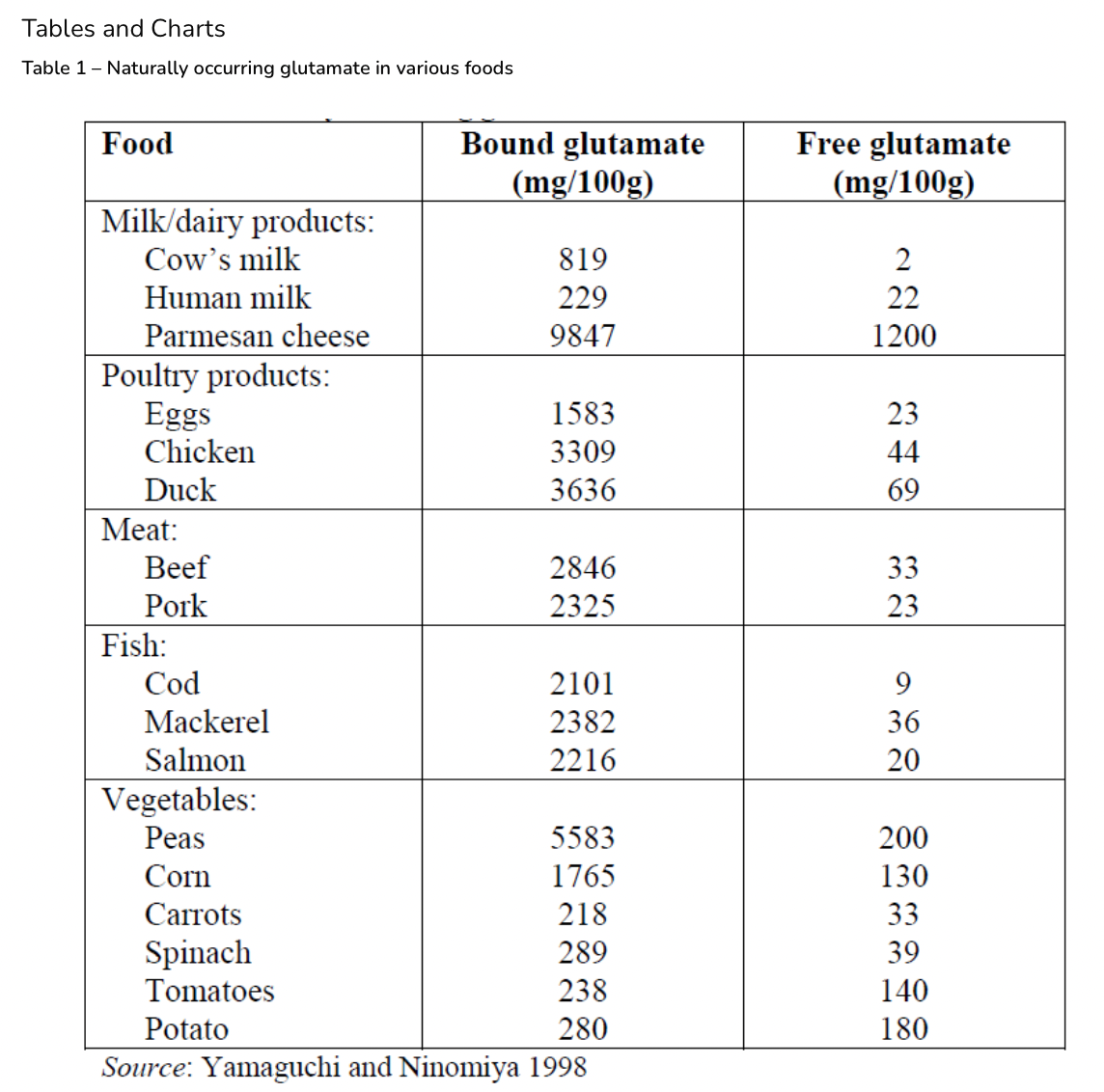Wrt fat loss, you often hear the advice that you should avoid hyperpalatable foods. However, people express less hunger and more mental fullness after eating better-liked versions of a food. You should only avoid hyperpalatable foods to the extent they generally (not always) offer a poor ROI wrt gram weight volume and calories. Put another way, if a food/dish has a very high ratio of gram weight volume to calories, you SHOULD maximize how good it tastes.
Wrt satiety, satiation, and fat loss umami is very important because the more you can capitalize on umami, the higher the satiety (between meals) you can achieve. A reasonable counter to this is that increasing umami will result in a person eating more within a meal (satiation). My answer is if you don't capitalize on umami within a meal, you are going to experience much higher cravings and hunger throughout all your waking hours (tbh it might even interrupt your sleep). So, my strategy around this is to maximize umami within a meal (which can often times only be achieved with savory animal proteins like beef, chicken, salmon, whole eggs.) and capitalize on VOLUME with a high ***gram*** weight volume per calorie carb source. If you can surpass a threshold of 1,000-1,300 grams of food for a meal, you will likely be able to achieve satiation (within meal fullness).
“Umami taste is increased by the presence of IMP and GMP, and IMP is found in relatively high qualities in meat and fish (for example, IMP has a concentration of 286 mg/100 g in tuna).
The effect of MSG on palatability is not universal across foods: MSG does not enhance liking for sweet taste or for liking of the flavour of sweetened foods. MSG enhancement of flavour appears to require some existing umami-like element to be present.”
—Flavor, Satiety and Food Intake (Institute of Food Technologists Series)
There's a lot of hype around sashimi, medium rare steaks, and tartare. However, the mere presence of protein in animal proteins does not necessarily result in significant umami taste. Harnessing most of the umami taste in animal proteins requires the breakdown of protein tissue through hydrolysis, which typically only happens after the protein is actually cooked.
For 100 grams of raw beef, there are 33 mg of free glutamate and 2,846 mg of bound glutamate. Only "freed" glutamate produces umami taste. If beef is only cooked medium rare, you are leaving out a lot of umami bc only the outside of the steak is cooked. In contrast, if you fully cook 96/4 ground beef (and add just enough liquid to it while cooking to maintain moisture and avoid the beef from drying out), you will release that other 2,846 mg of bound glutamate to enhance umami. That is an ~85x increase in umami just by fully cooking beef. A bonus is you have also just increased gram weight volume of the dish with the added liquid, which is now also infused with the freed glutamate from the beef.
For 100 grams of raw salmon (sashimi), there is only 20 mg of free glutamate. To "free" up the other 2216 mg of bound glutamate so that it can actually contribute to umami taste, you need to cook it. That is a ~110x increase in umami taste just by fully cooking the salmon. Sous vide wild salmon at 120 degrees for 45 min-1 hour. Trust me.
